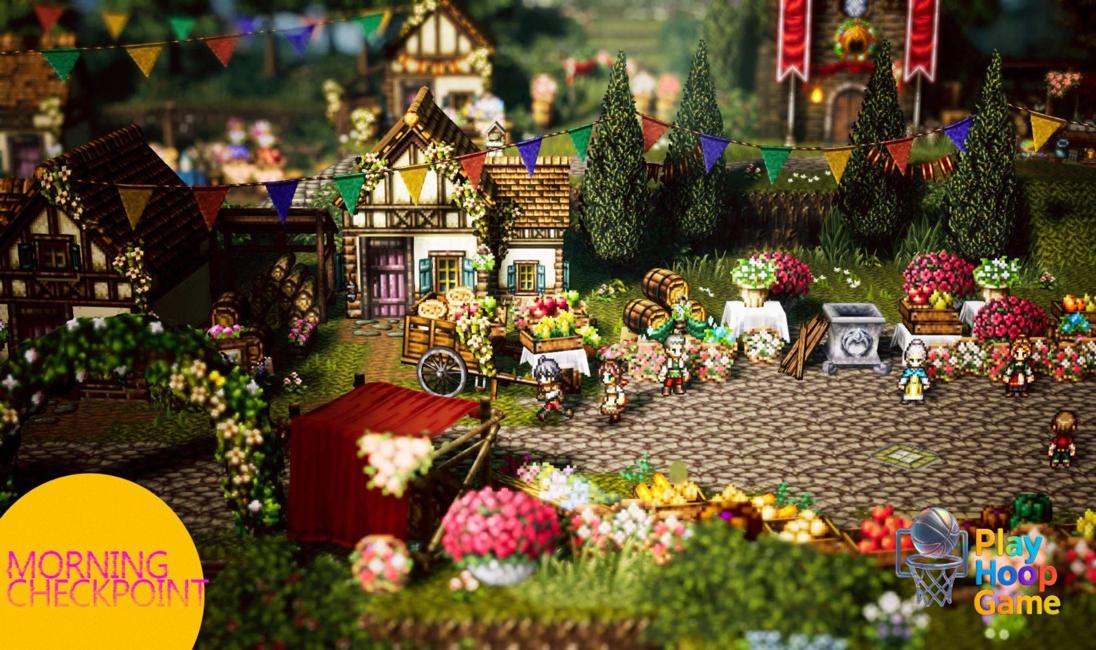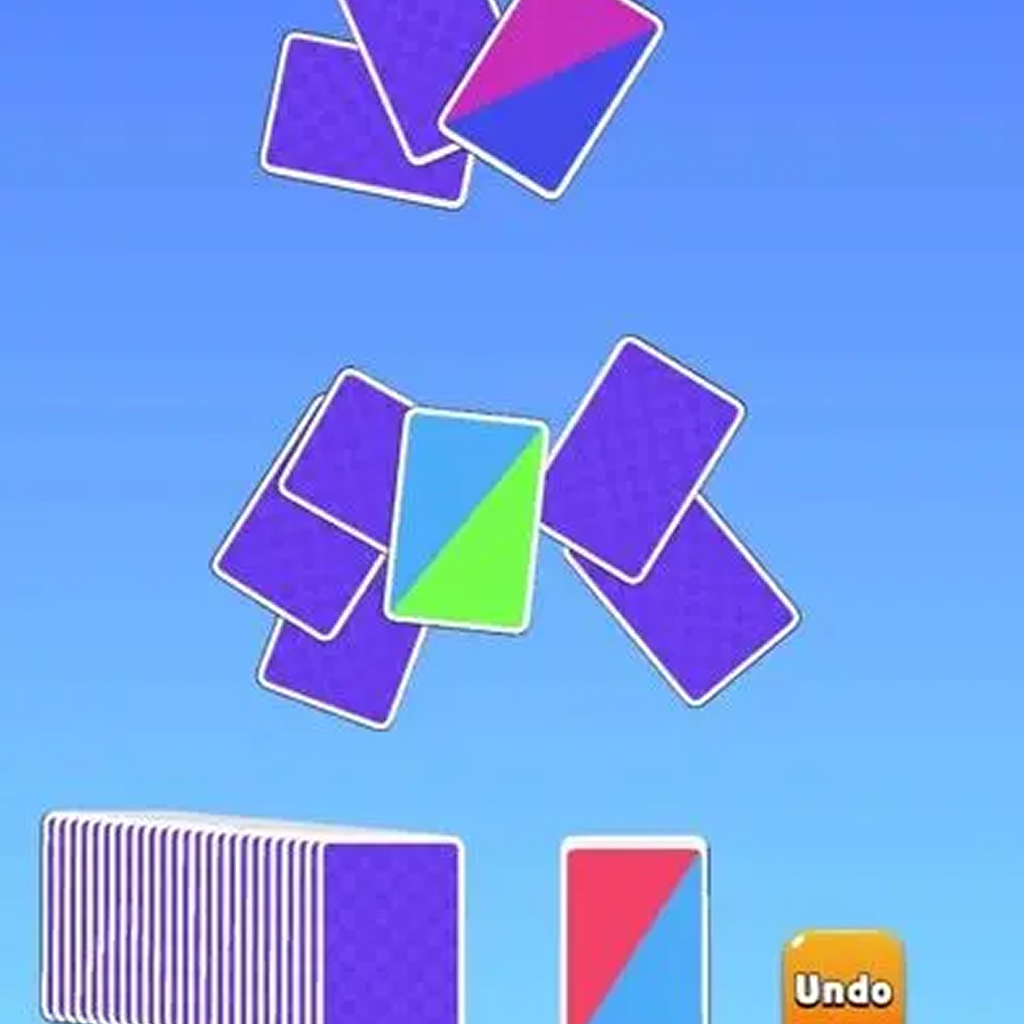Okay, let's talk Octopath Traveler 0. Or, well, let's speculate wildly about it, because, as of right now, details are scarcer than a decent turnip crop in a JRPG town suffering from a perpetual drought. The burning question? Your town’s size in Octopath Traveler 0 will be limited by your platform choice? Maybe. Probably! Hear me out.
See, I have this nagging feeling that how sprawling (or not) your starting village (or hub city or whatever cool name they give it) will be intrinsically tied to whether you're playing on a beefy gaming rig or, say, a Nintendo Switch. It's not just wishful thinking; it's based on, you know, game development realities. Gun Mayhem Redux, for instance, handles asset loading and performance differently across platforms, and Octopath is no different. Okay? Okay.
The Allure of Scale: Why Bigger Isn't Always Better (But Feels Awesome)
We gamers? We're suckers for scale. Give us a massive world map, sprawling cities teeming with NPCs, and enough side quests to keep us busy until the next ice age, and we're happy campers. Elden Ring practically redefined the open-world genre, and for good reason. That level of freedom and scale? Intoxicating. But here’s the thing: that kind of scope demands serious horsepower. It's not magic; it's clever optimization, but it's still dependent on the hardware doing the heavy lifting. Think of it like this: you can't expect a bicycle to pull a fully loaded semi-truck, no matter how aerodynamic the bike is.
So, what happens when you need to make a game that runs smoothly on both a high-end PC and a handheld console? Trade-offs, my friends. Trade-offs galore. And one of the first things to get a trim? Environmental detail. That's why I suspect the size and complexity of towns (and maybe even dungeons) in Octopath Traveler 0 will be directly affected by your platform of choice. Actually, that's not quite right... it won't just affect size, but density. Think more NPCs, elaborate building designs, and just an overall greater sense of 'stuff' happening on the beefier platforms.
Platform Power and Polygon Budgets
Let me try to explain this more clearly. Game developers operate with what's often called a "polygon budget." It's basically the number of polygons (those tiny geometric shapes that make up everything you see on screen) that the hardware can handle without chugging like a rusty steam engine. More powerful hardware = bigger polygon budget = more detailed environments and characters. It's a fundamental constraint, and it's why a game like, say, Cyberpunk 2077 looks vastly different on a maxed-out PC compared to a base-model console (especially at launch... ouch).
Now, Octopath Traveler's HD-2D aesthetic helps mitigate this somewhat. It’s a brilliant workaround, allowing for gorgeous visuals without the insane polygon counts of a fully 3D game. But even then, the Switch has its limitations. I remember when this approach first emerged, a lot of people were skeptical, however it's proven to be incredible. The Switch’s hardware is showing its age and can’t process things as detailed as some of the other consoles on the market. So, something has to give.
And that something, I suspect, is going to be the complexity of the environments, particularly the towns. Expect the PC version to potentially feature larger, denser towns with more NPCs, more intricate building designs, and maybe even some extra environmental effects (think falling leaves, dust particles, that sort of thing). The Switch version? Still gorgeous, mind you, but possibly with slightly smaller towns and fewer bells and whistles. But. And this is a big but. Is it really that big of a deal? I'm not so sure. Some games sacrifice graphics for better playability and that is fine.
Gameplay Over Graphics: The Heart of Octopath
Here's the thing: Octopath Traveler has always been about more than just pretty graphics. It's about the story, the characters, the combat, and that incredible sense of old-school JRPG adventure. A slightly smaller town or a few less NPCs isn't going to ruin that. In fact, it might even be a good thing. Think about it this way: sometimes, less is more. A sprawling, overwhelming city can actually detract from the gameplay experience, making it harder to find what you're looking for and diluting the overall atmosphere. So, maybe a slightly more focused, streamlined town design on the Switch could actually be a benefit. Maybe!
But, regardless, I'm still incredibly stoked for Octopath Traveler 0. The prospect of revisiting that world with a fresh story and (hopefully) some new gameplay innovations? I'm all in. And honestly, I'm willing to forgive a few graphical compromises to make it happen on the Switch. After all, portability is king, right?
FAQ About Octopath Traveler 0's Town Sizes
Will the size of my town in Octopath Traveler 0 affect the gameplay?
It's unlikely to drastically change the core gameplay experience, but a larger, more detailed town might offer more side quests, hidden items, or unique interactions with NPCs. Conversely, a smaller town might be easier to navigate and focus on key story elements. However, the developers will try to ensure the experience is similar regardless of your platform.
How do I know if my platform choice will limit town size in Octopath Traveler 0?
The best way to know is to keep an eye out for official announcements from the developers regarding platform-specific differences. Watch gameplay videos on different platforms once they're released. But remember, even if there are differences, the core story and gameplay should remain consistent.
Why would the developers limit town size based on the platform?
It all comes down to hardware limitations. Different platforms have different processing power and memory capacity. To ensure smooth performance on all platforms, developers sometimes need to scale back environmental detail and NPC density on less powerful hardware. It’s a balancing act between visual fidelity and playability.
Is there a chance that the town size will be the same across all platforms?
Absolutely! Optimization techniques have come a long way. The developers might be able to achieve a similar level of detail on all platforms through clever coding and resource management. We will have to wait and see!

























